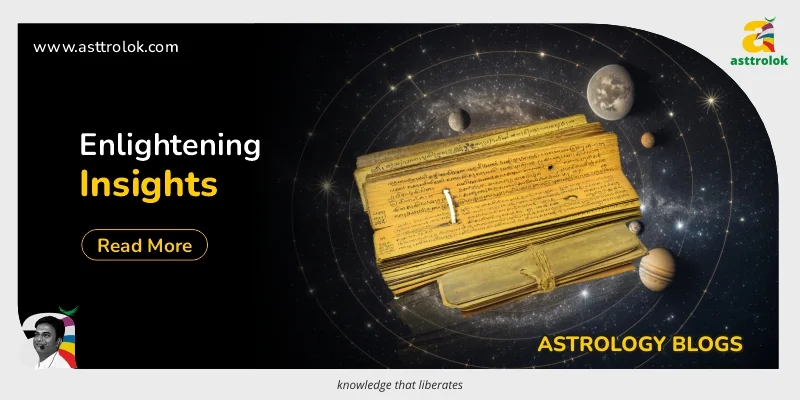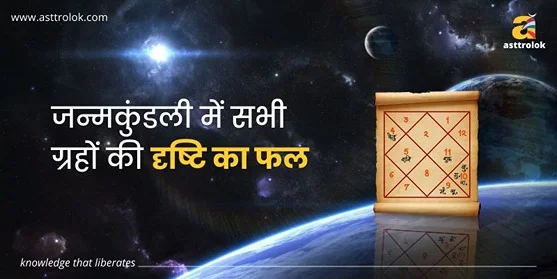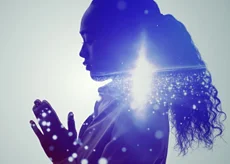
Fantastic creature stories are as old as humanity. As one of the world's oldest civilizations, India has many mythical figures. Most of these ancient Indian species are related to Hindu Gods. Here are some remarkable species and their stories.
Know more mythical creatures in Hindu mythology. Get an online astrology consultation with a professional astrologer to find out the answers to all of your questions.
1. Nandi Shiva's bull, who calmed down the Angry Shiva
Kamdhenu, the mother of all cows, had many calves, whose milk inundated Shiva's home. This interrupted his meditation and angered him. He hit the cows with third- eye fire. The gods gave him Nandi, son of Kashyap and Kamdhenu, to calm him down.
2. Airavat Indra's white elephant mount
Brahma sang seven hymns over Garuda's eggshell halves to create Airavat. He's also responsible for the elephant-clouds myth. Airavat showered water from the depths with his trunk after Indra fought Vritasur, the drought demon. Indra made the drought-stricken region rain with wet clouds.
3. Narasimha Lion-man hybrid
Asura king Hiranyakasyipu was rendered invincible by Brahma. He couldn't die on earth or in space, in fire or water, day or night, inside or outside, by a human, animal, or God, or by an inanimate or alive thing. Vishnu became Narasimha to destroy Hiranyakasyipu (a man-lion form). He came out to kill at twilight, on his palace's threshold, with his claws (neither animate nor inanimate) and sat him on his lap before slaying (neither earth nor in space). The blessing was cancelled.
4. Sharabha The bird avatar who calmed Narasimha
Narasimha was infuriated after killing Hiranyakasyipu. He was calmed down repeatedly. Brahma dispatched Prahalad, one of Vishnu's biggest devotees, but he failed. All the gods feared Vishnu and sought Shiva's help. Then Shiva arrived as Sharabha. It's a gigantic, scary, cannibal bird. Sharabha scratched Narasimha and carried him away.
Read Also:- Can Ayurveda tips help cure Thyroid?
5. Sheshnaag The 1000-headed serpent that stabilizes Earth
Sheshnaag's 1000 brothers were troublemakers. Sheshnaag fled his home for the Himalayas to escape unpleasant company. He meditated and did penance for his brothers' actions. Brahma gave him a boon, but Sheshnaag wanted to serve spirituality. Sheshnaag agreed to coil around the globe at Brahma's request. Sheshnaag coils forth to create the universe and backward to destroy it.
6. Kamdhenu The cow mother
Surabhi, or Kamdhenu, is the primordial cow mother. The gods gave the seven sages the cow when the cosmic ocean was churned. Every cow part has religious significance. Its four legs and breasts represent the four Vedas and Purusharthas. Its horns symbolize the gods, and its face and shoulders symbolize the sun and moon. The 'cow of plenty' is said to grant all of its owner's wishes.
7. Garuda. Indian mythology's most famous winged creature
Snakes enslaved Garuda and his mother. Garuda stole Amrit from Indra's dominion to be free. Garuda did this, despite Indra's strength. His mother and he were released immediately. Vishnu asked him to stop snakes from drinking Amrit. Garuda requested the serpents to clean before drinking Amrit. When the serpent was cleaning, Indra fought Garuda for the Amrit. Garuda broke Indra's thunderbolt but lost the Amrit. The snakes lapped a few drips of Amrit that fell to the ground. Amrit burned their tongues. So, snakes have twisted tongues.
8. Shiva's neck-snake This snake has numerous tales
Shiva's serpent has various legends. When the heavenly oceans were churned, Shiva
and some snakes ate the poison they generated. Shiva, impressed, wore the king of snakes, Vasuki, around his neck. The snake similarly keeps Shiva's venom in his throat, not his body. The triple coils of Shiva's snake signify the past, present, and future. Its right-facing hood represents that Shiva's laws of reasoning and justice maintain a natural balance in the universe.
9. Makara Amphibian protector
Indian writings mention hybrid creatures. Makara is half-aquatic, half-terrestrial. The front is a stag, deer, crocodile, or elephant, and the back is a fishtail. It was Ganga's and Varuna's vehicle. Makara guards. It protects royal chambers and temple entrances by appearing on gateways and thresholds.
10. Timingila A whale-eating predator
The Mahabharata also mentions Timingila. It's the ocean's biggest predator. Its vastness is beyond description. It could reportedly swallow whole whales. Whales,
yes. Soak that in. Timingila hunts are supposed to produce ocean disturbance.
11. Ganesha's rat Many-taled mouse
Ganesha's mouse mount has several legends. Krauncha, a musician god, was condemned to become a mouse, according to legend. His mountainous size obliterated everything in his path. He was captured at Ganesha's ashram. In repentance, he became Ganesha's chariot. The mouse symbolizes Ganesha's triumph over the farmer's opponent, a hindrance to prosperity, in another myth. Ganesha's name, Vighnaharta, means he overcomes obstacles (conqueror of obstacles).
EndNote:
Hindu mythology which consists of Vedas, Upanishads, and other literature has numerous mythical creatures which have directly or indirectly shaped the course of action in the universe. Most of the present-day creatures which we see today are the version of one or the other animals that are mentioned in Hindu mythology.
Learn astrology courses online from the best astrologer in India. Learn about different aspects of astrology, like astrology readings, prediction, and more. Free astrology classes are available as well. Further, explore numerology course, palmistry course, Vastu course, medical astrology with astrology certification. Register now.
Read Also:- How can I make my basement Vastu better?
Comments (0)
Categories
Recent posts


जन्मकुंडली में ...
30 Aug 2023
Importance of Bhakoot Koota in Kundali ...
30 Aug 2023

.webp)














